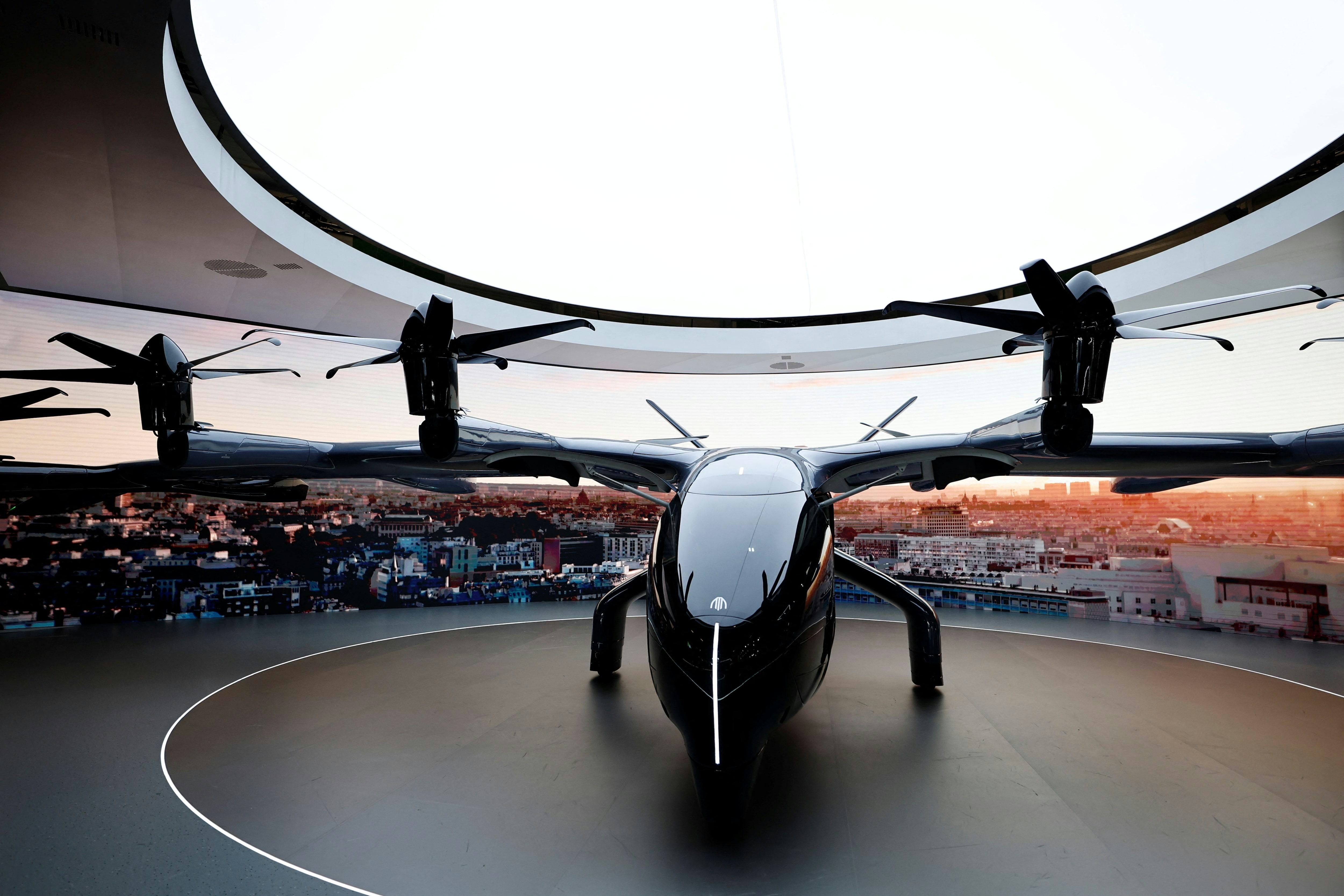
AeroGenie – Ihr intelligenter Copilot.
Trends
Categories
flydubai to Expand Fleet and Routes in 2025
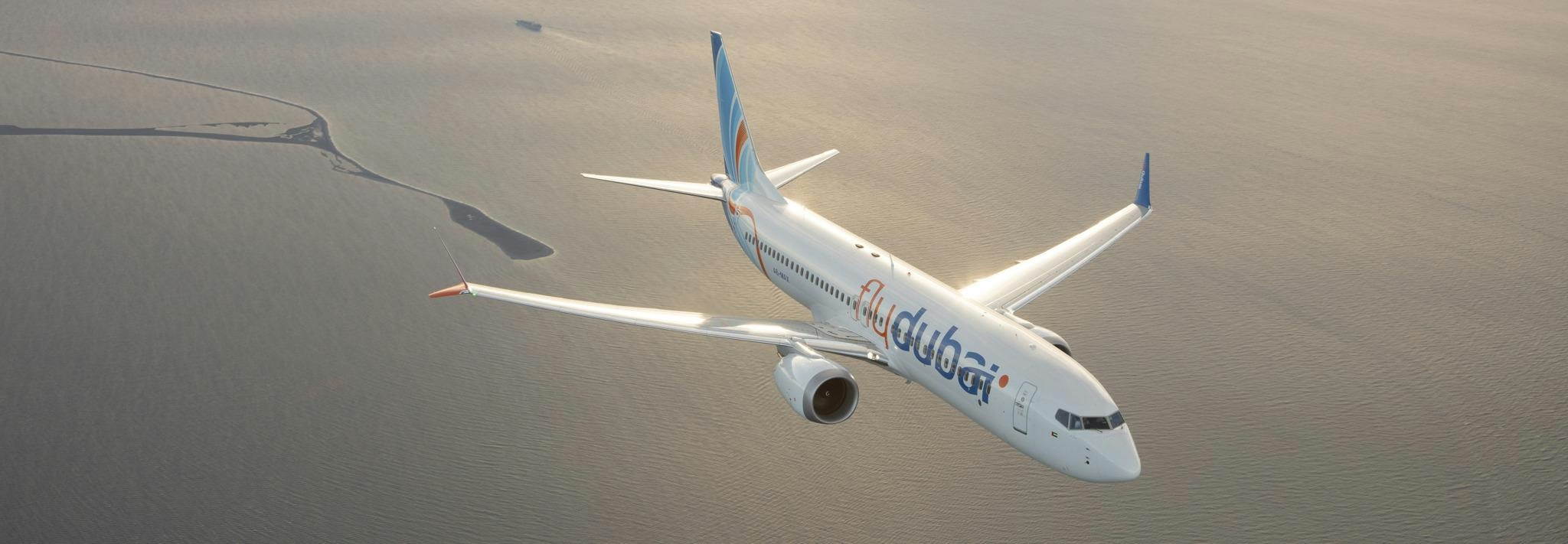
flydubai to Expand Fleet and Routes in 2025
Dubai-based airline flydubai has accelerated its fleet expansion by taking delivery of seven new Boeing 737 MAX 8 aircraft between April and August, increasing its total fleet to 93. The carrier anticipates receiving an additional five aircraft before the end of the year, with plans to exceed a fleet size of 95 by 2025. This growth is intended to support flydubai’s ambition to serve over 135 destinations across 57 countries, marking a significant expansion of its network.
Navigating a Competitive Regional Market
The expansion occurs amid intensifying competition in the regional aviation sector. Rival airlines such as Wizz Air and Greater Bay Airlines are actively competing for market share, particularly on key routes. In this environment, securing new routes and establishing strategic partnerships will be essential for flydubai to broaden its network and strengthen its market position.
Market analysts have expressed cautious optimism regarding the financial sustainability of flydubai’s rapid growth. The recent withdrawal of Wizz Air from Abu Dhabi, influenced by political factors, has underscored the risks associated with aggressive expansion in the region. This development has heightened concerns about the potential challenges flydubai may face as it pursues its ambitious growth strategy.
Competitive Responses and Future Challenges
In response to flydubai’s expansion, competitors are expected to implement aggressive pricing strategies and adjust their route networks to protect their market shares. As flydubai advances with its fleet and route growth plans, it will need to carefully navigate these competitive pressures to maintain momentum and achieve its targets for 2025.
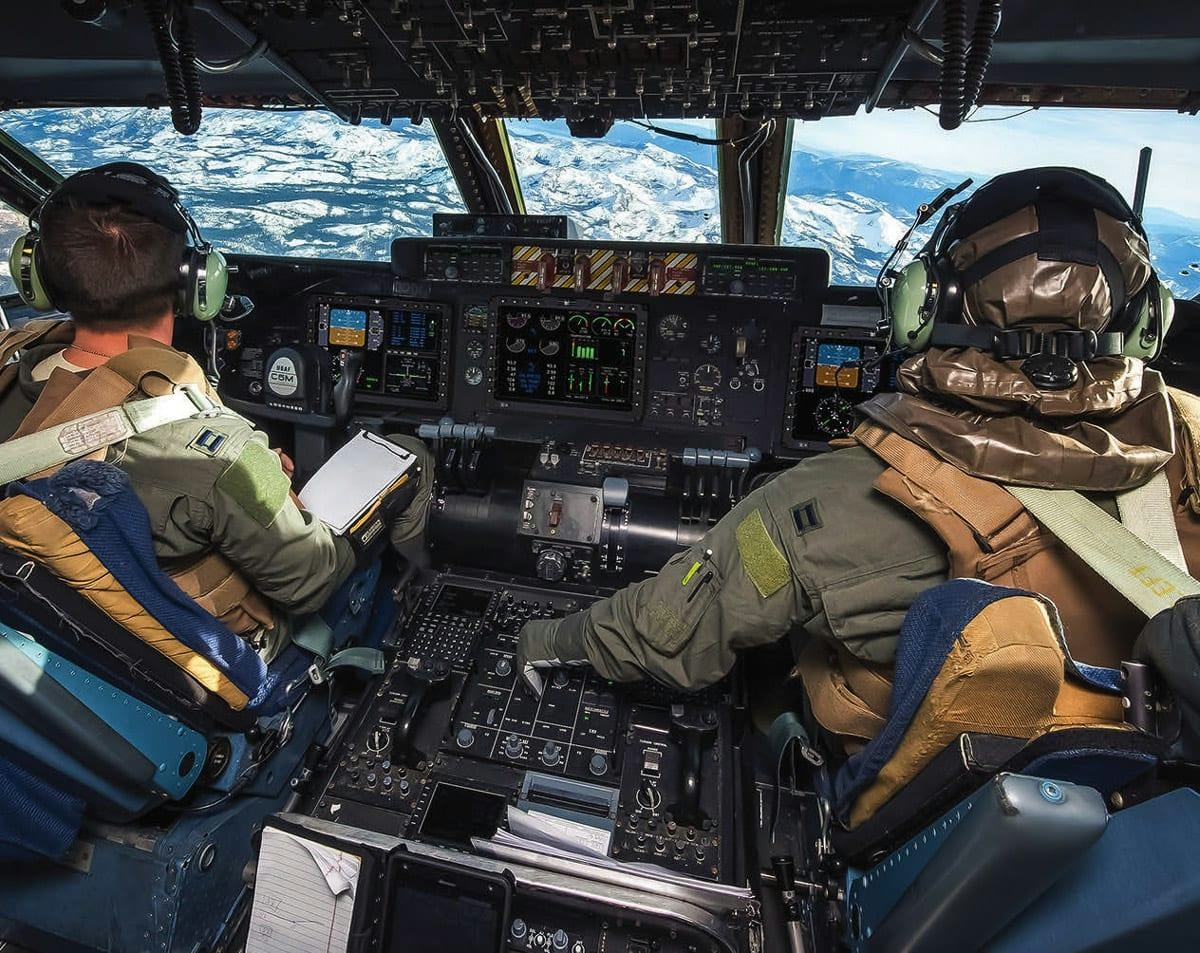
Defense Aviation Adopts Commercial Innovations
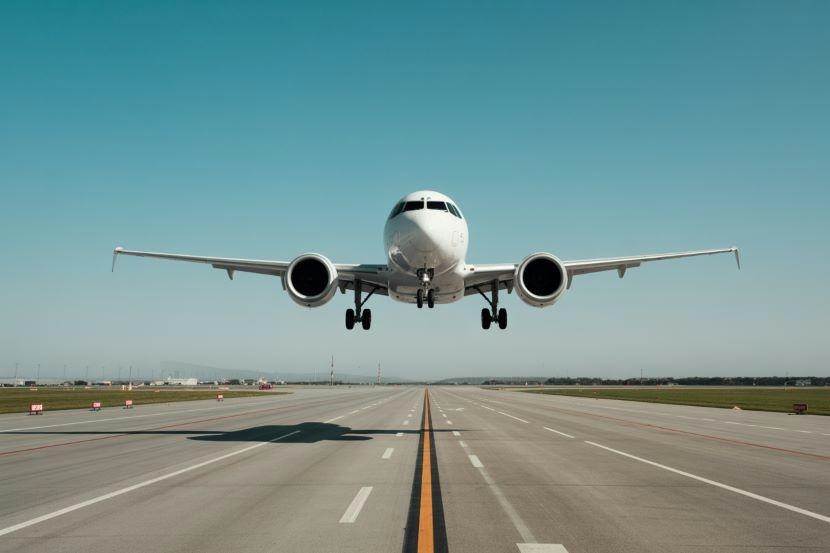
MedAire’s Alert Platform Enhances SolitAir’s Role in Aviation Security Innovation
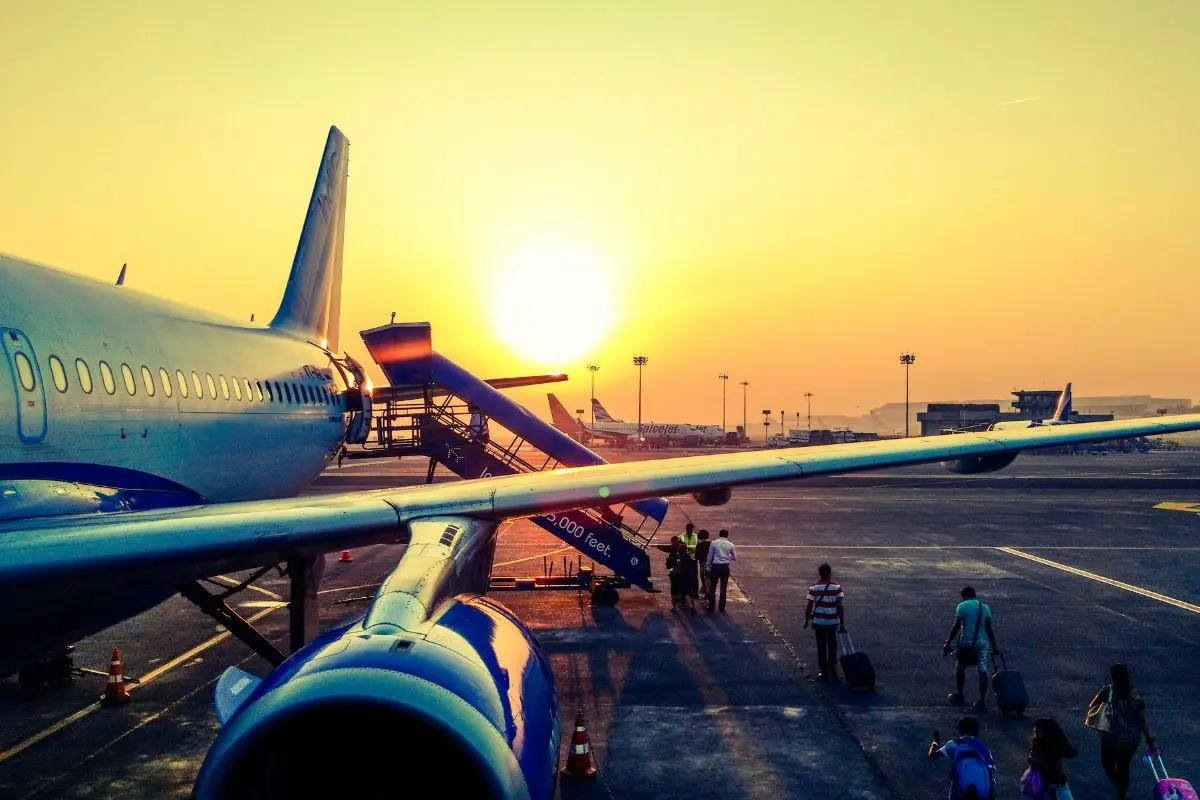
India Faces Shortage of 30,000 Pilots Amid Growing Fleet, Aviation Minister Calls for Urgent Training
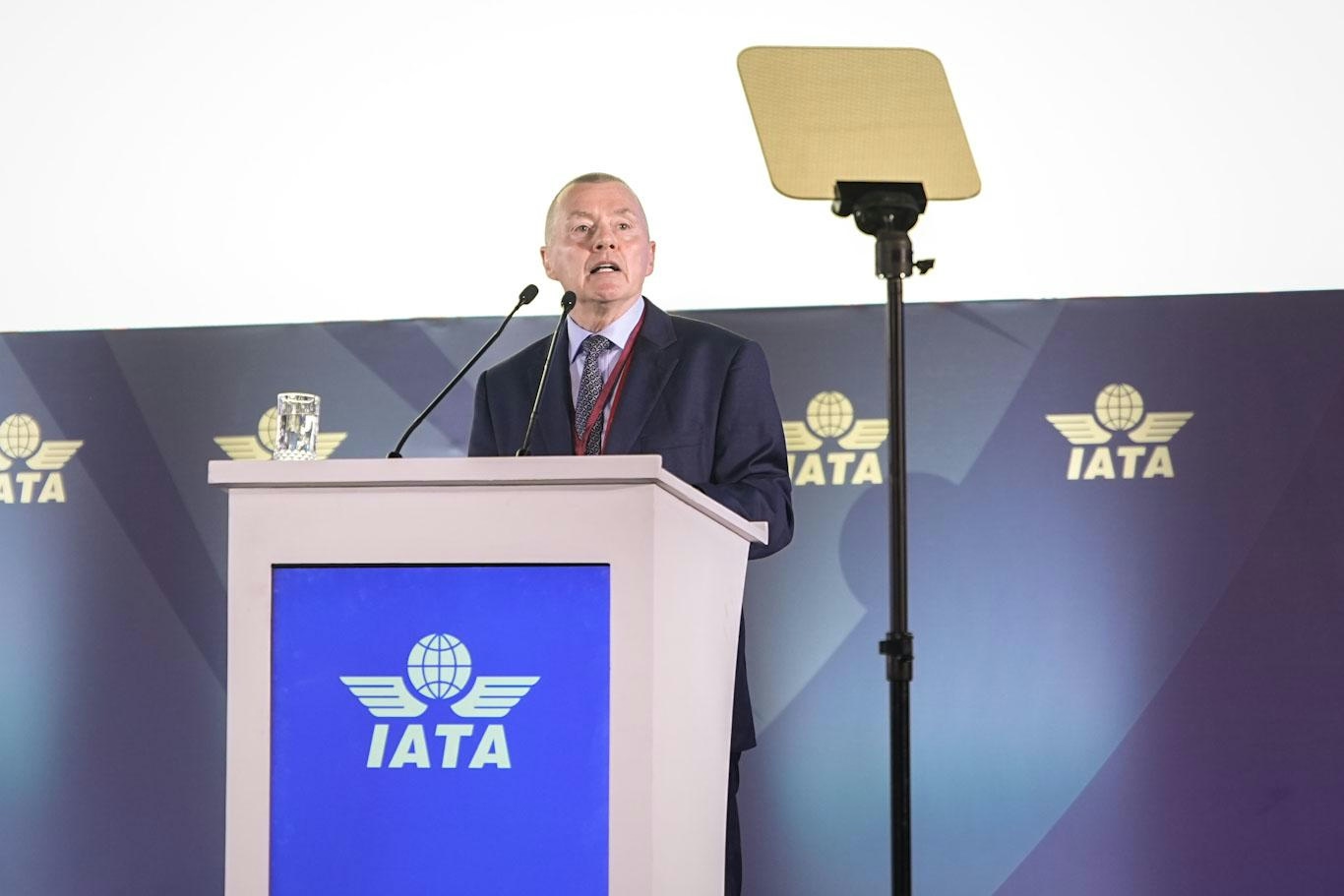
IATA Chief Calls for Fair Compensation for Airlines Amid Supply Chain Challenges
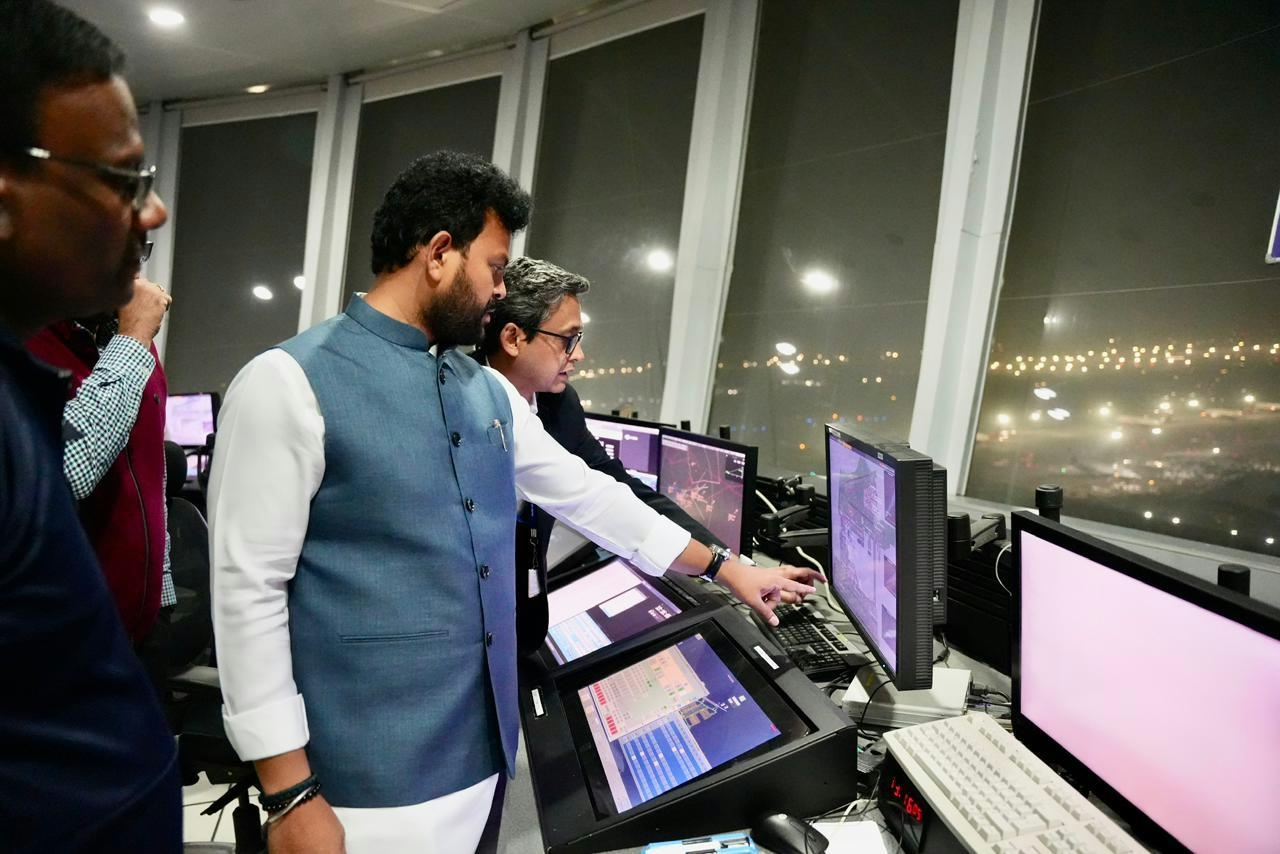
AAI Unveils Pavilion Highlighting India’s Aviation Advances at IITF 2025
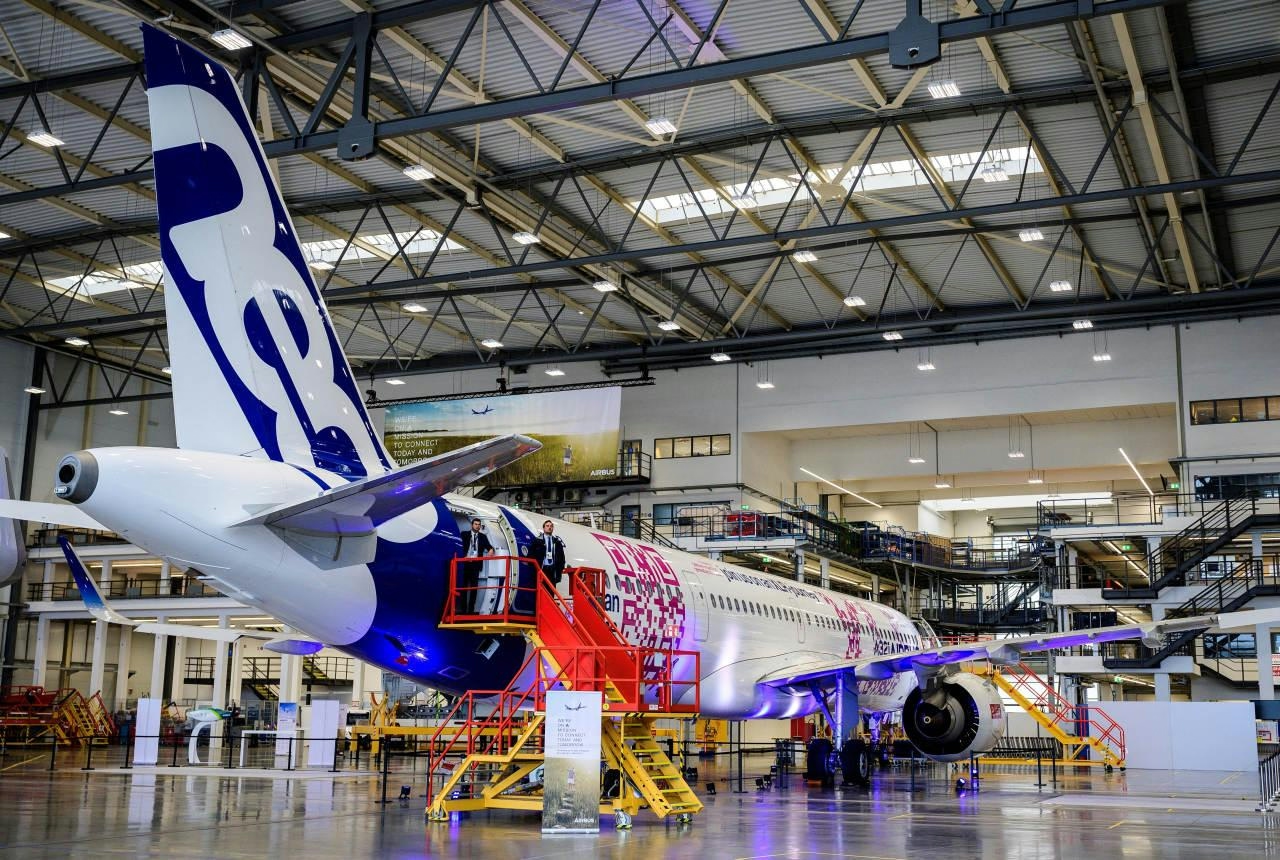
Airbus Projects Asia-Pacific Will Need Nearly 20,000 New Planes Over 20 Years
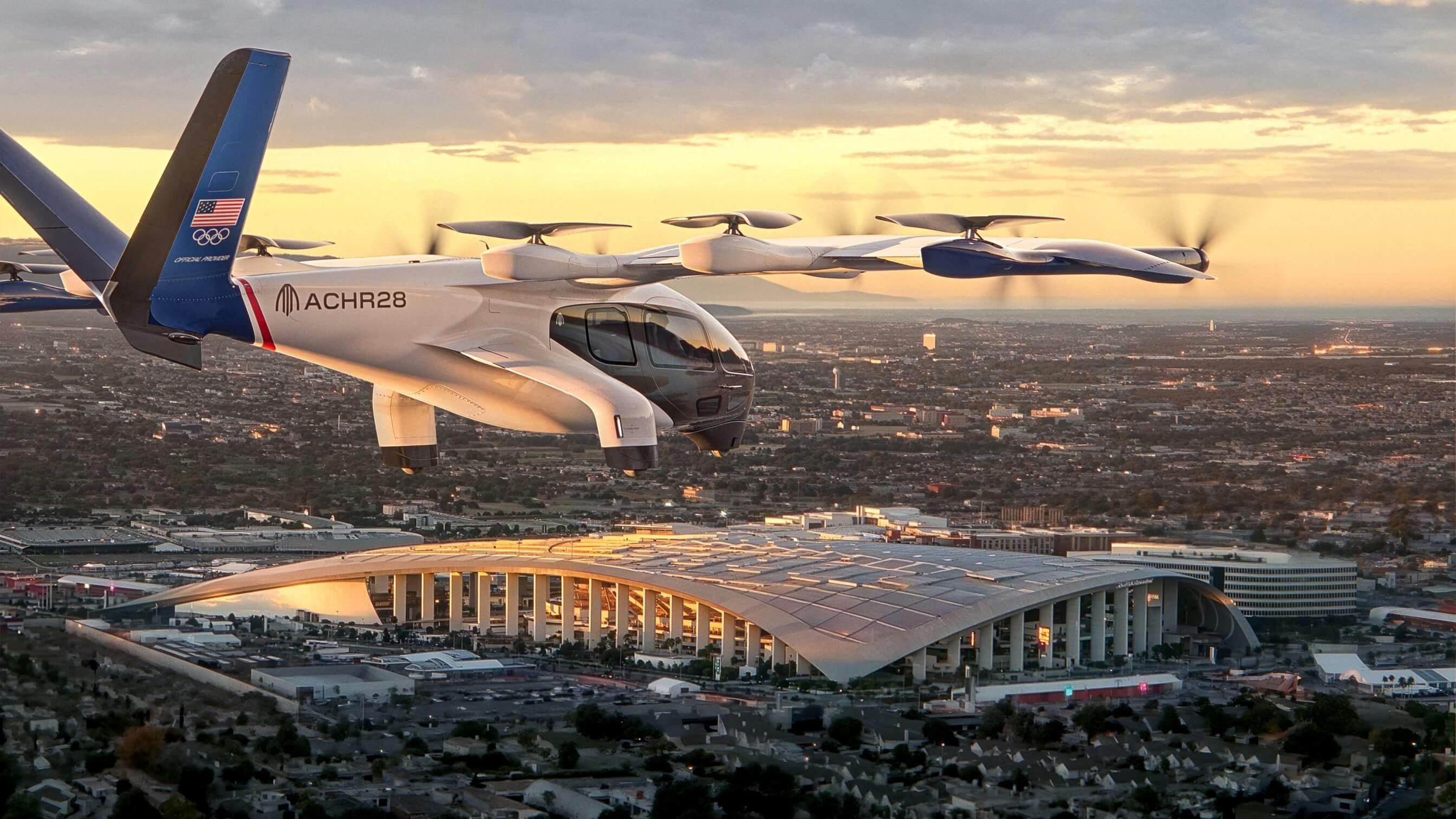
Archer Midnight Air Taxi Launches Silent City-to-Airport Flights in 2026
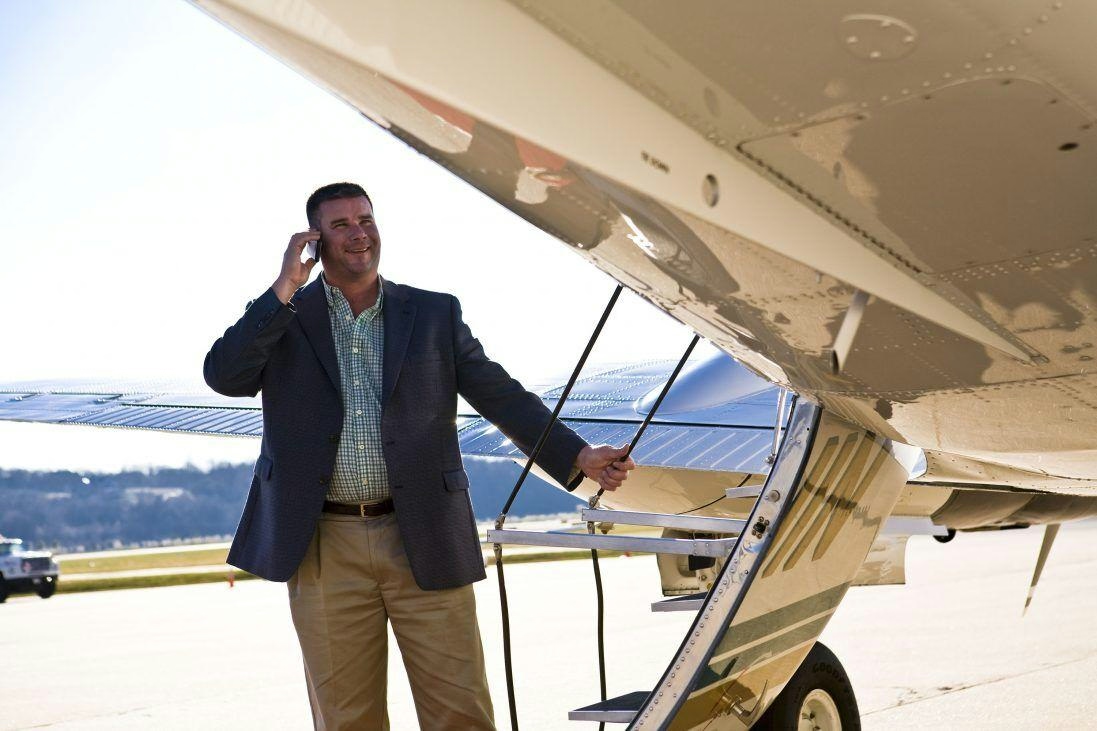
Aircraft Leasing Companies Offer Potential Benefits for Investors
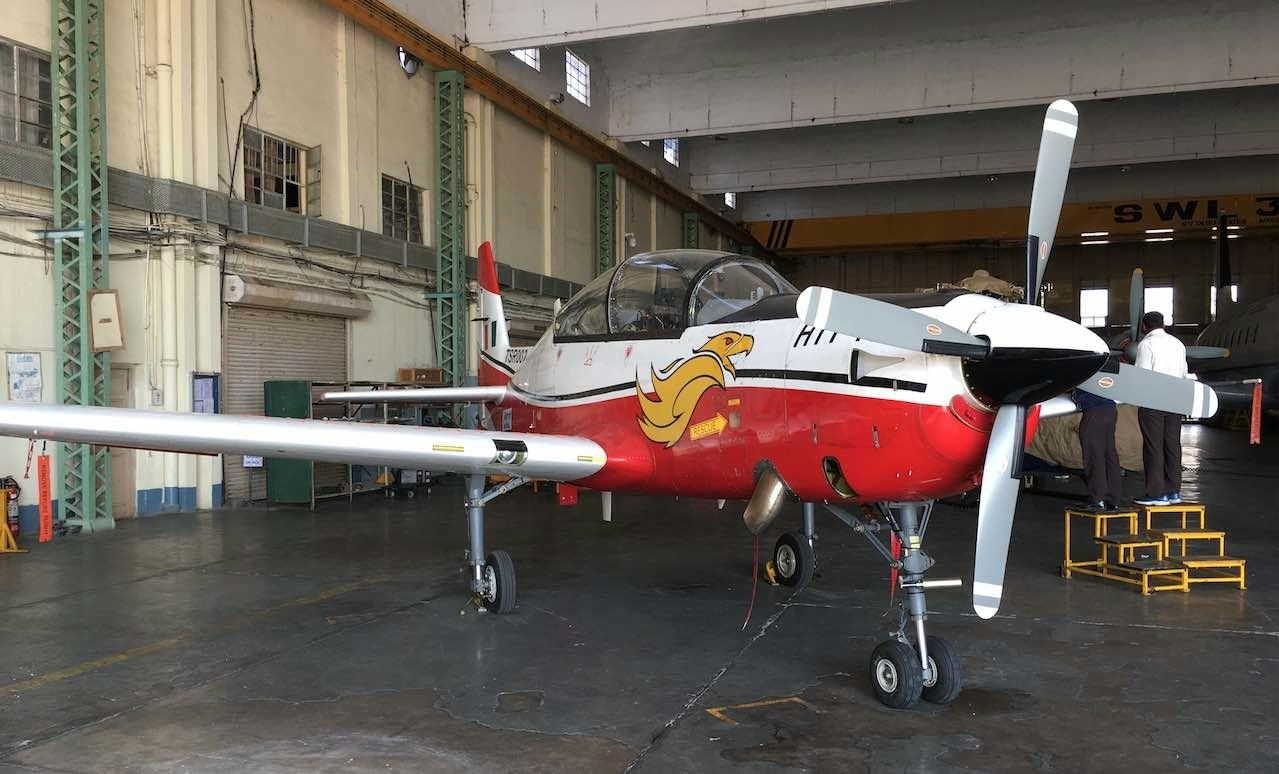
HAL Increases Production Ahead of HTT-40 Delivery
